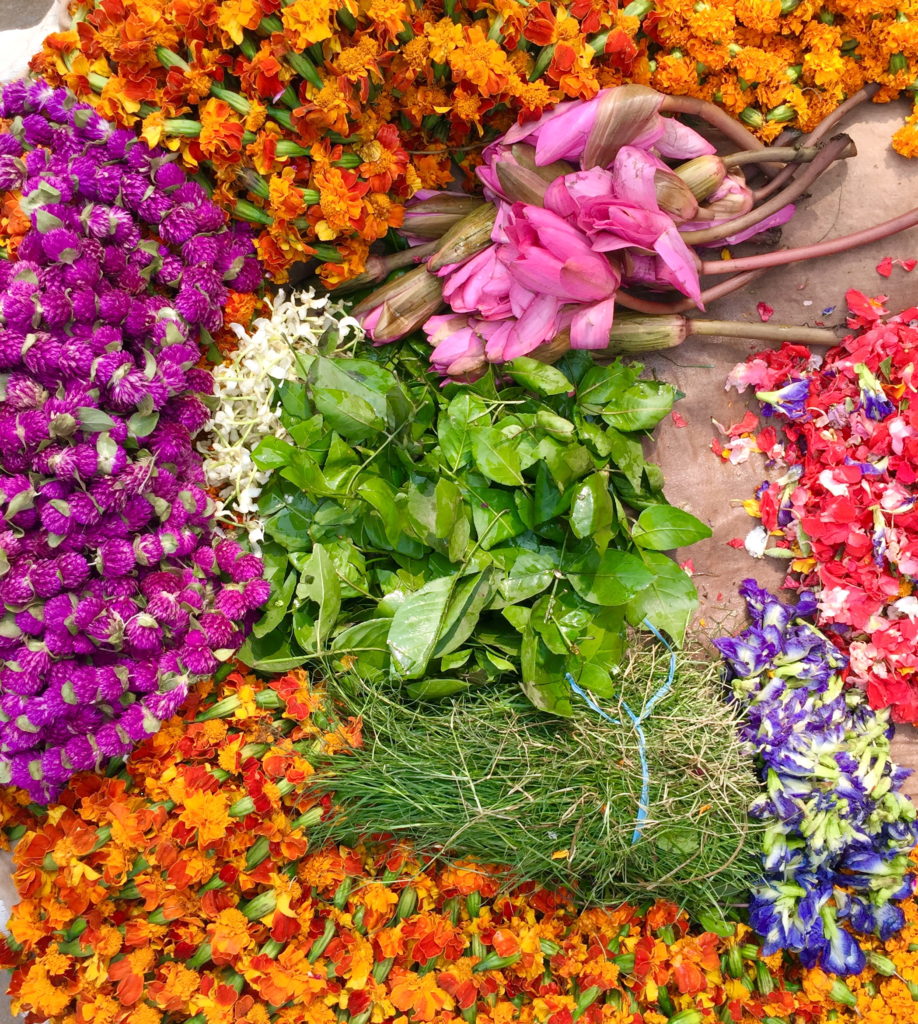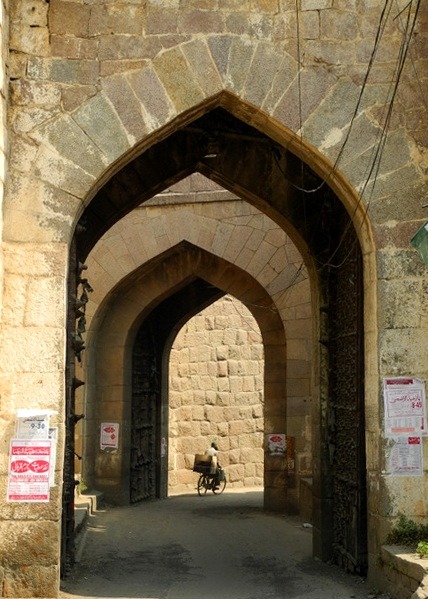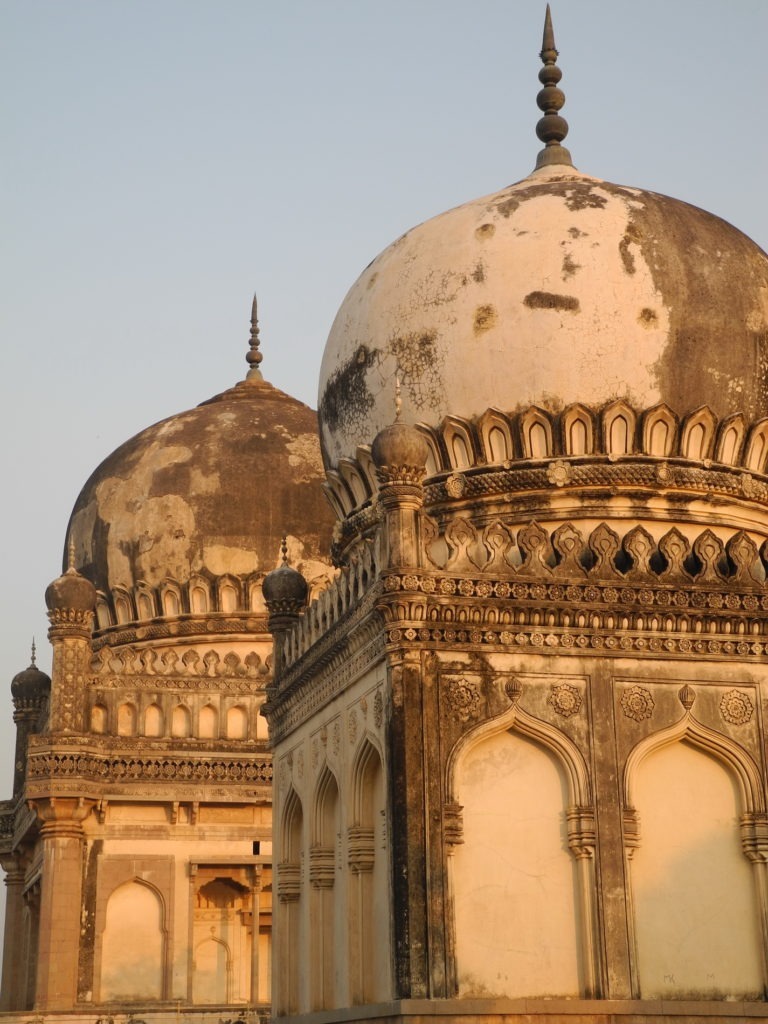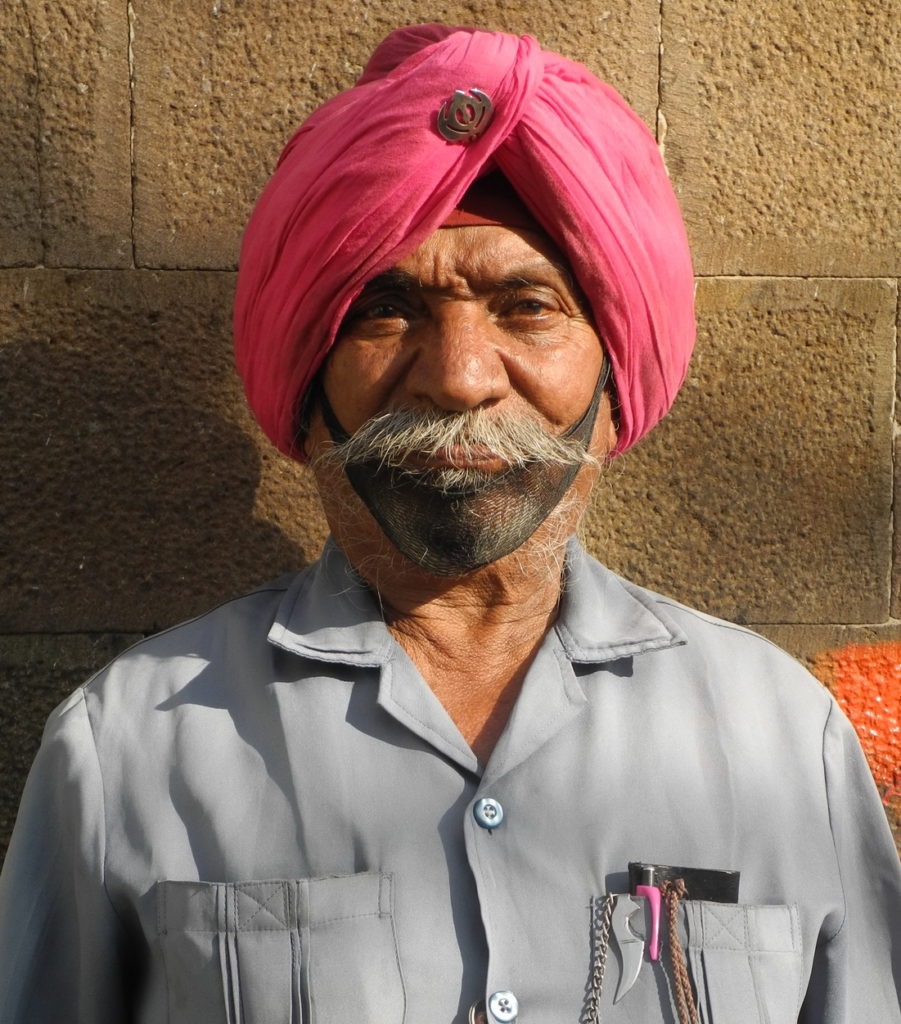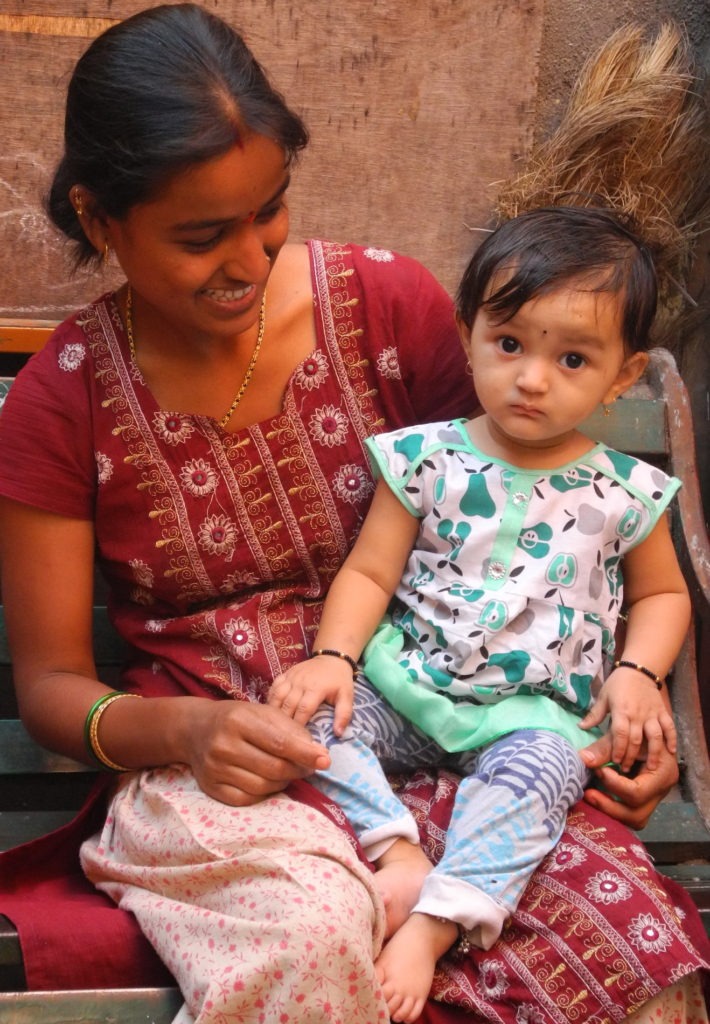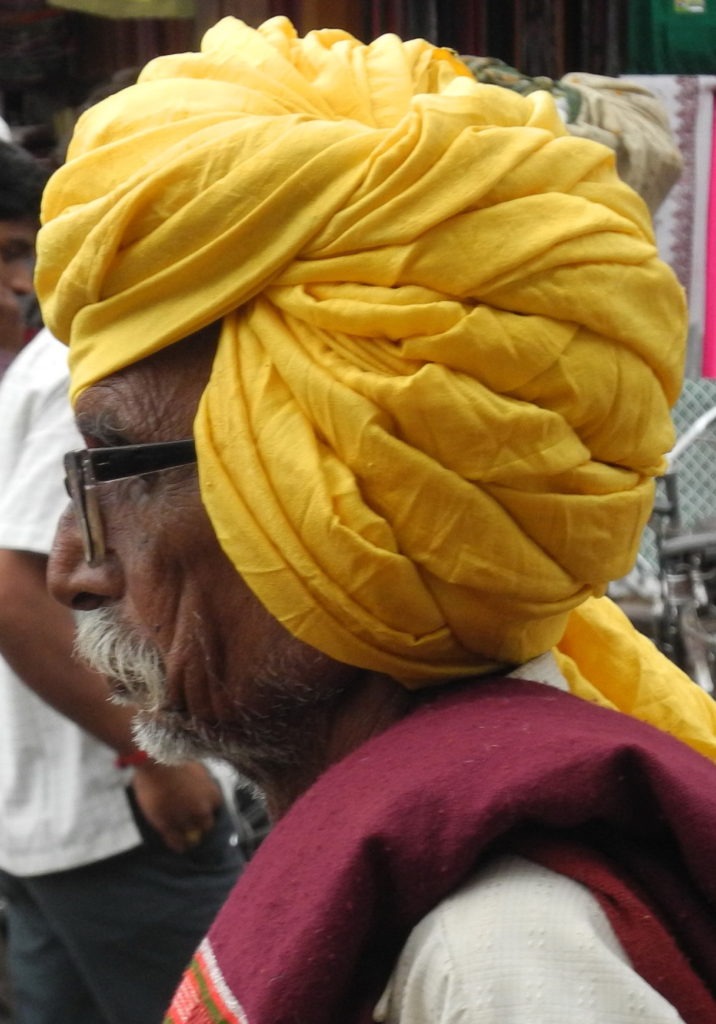Drawing Attention in India
Sketching on location in India can be a challenge, especially for women. Foreigners attract attention, especially in less touristy places, be it on the street, at a beach or monuments, museums and markets. In fact, just about everywhere you go. Add to that being a woman, and being a sketcher, and it’s a triple whammy.
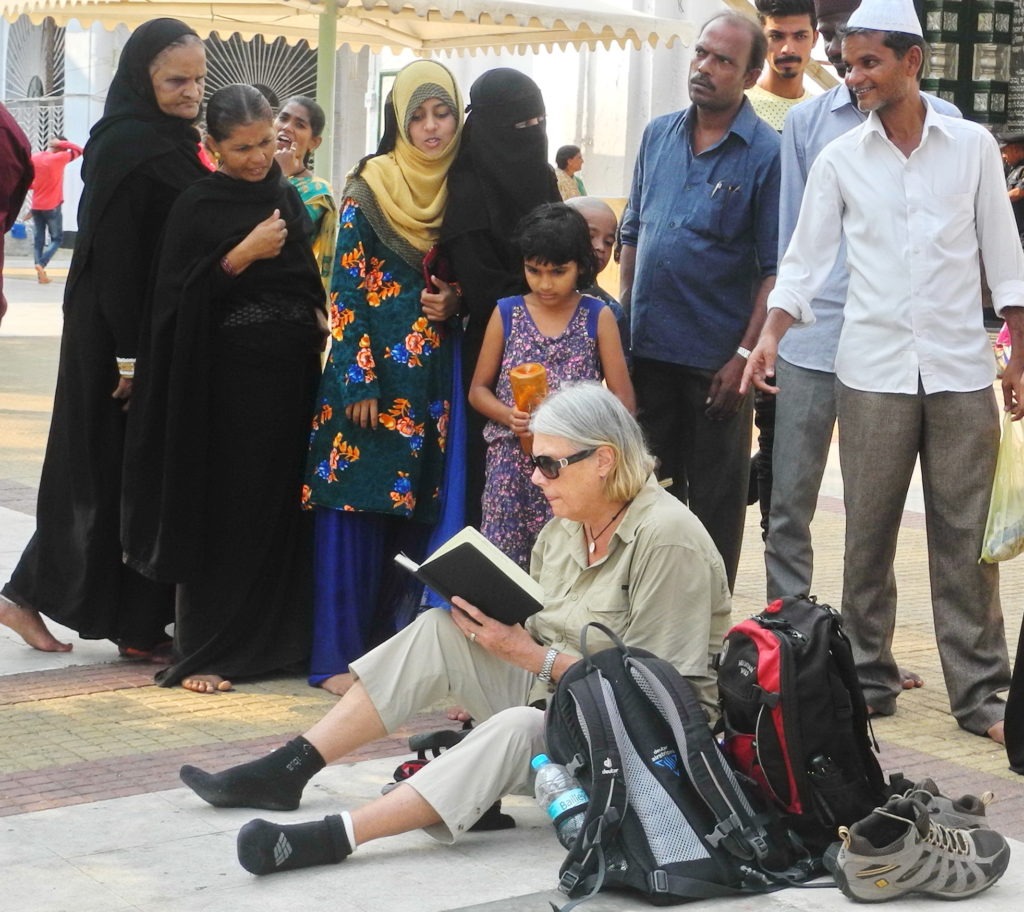
Despite being a naturally shy person, sketching in public doesn’t bother me. I’m so immersed in what I am doing that I forget to be self-conscious. But that doesn’t mean I am unaware of what is going on around me. Wherever you are sketching, it’s always sensible to be aware of your safety and also keep an eye on your belongings. The more people peering over your shoulder, the more mindful you should be. My husband keeps an eye out while I’m sketching surrounded by people, and has been known to shoo away groups of boisterous schoolkids. But mostly, people are respectful: some give a thumbs up, others offer a word or two of appreciation. (I’ve only ever had one unwelcome remark while sketching outdoors, and that was delivered by an old guy near the Star Ferry in Kowloon, Hong Kong. “Rubbish!” he cried, jabbing a finger in the direction of my drawing.
What a rich playground India is for sketching! There is something around every corner: a gopuram, dome, minaret, fort, palace, haveli, street market, tea stall, street barbers, cows, even camels – and people. Railway stations are wonderful life-drawing studios for the artist. Here, people are hanging around for long periods eating, sleeping, looking at their phones or – joy – reading a newspaper.
Sketching in India: simplify the scene – but don’t lose the essence
Carved doorways, toran door hangings, roadside shrines, hawkers selling bangles, combs, sweets and cold drinks, tradesmen offering services from hair-cutting and ear-cleaning to letter-writing and tailoring – all present opportunities for quick sketches. This does mean that streets are often chaotic with people, vehicles, bicycles, hand carts and animals vying for space, and there’s “stuff” everywhere. The trick for an urban sketcher is to simplify the scene by omitting distracting elements but without losing the essence of the bustle. You can see some pages from my India sketch diary here.

Colour is truly exciting in India. Humble houses come in shades of purple, blue, pink, green and orange; temple gopurams feature an array of bright and bold colours; street markets present colourful displays of fruits, vegetables and flowers. Men’s turbans come in yellow, orange, pink and red. Most eye-catching of all are the women’s outfits, be they saris, salwar-kameez, churidaars or lengha choli: peacock blues, jewel shades of ruby, emerald and sapphire, hues of pink, orange, sky blue, purple, burgundy, often featuring patterned borders of golden threads.
Sketching on location in India can be challenging, however. Those multi-tiered gopurams can be a devil to draw. As for domes and archways… Even if I succeed in getting one side right the chances are the curve on the other side will be an utter botch job (stick a tree in front to hide the wonky bit is my advice). Depending on time of year and location the weather may well be hot, very hot. So find space in your bag for a hat, sunblock and water for drinking (try not to mix it up with “painting water”). Here’s more on what to take when sketching on holiday.
Two watercolour hues perfect for India are, not surprisingly, Indian Red and Indian Yellow. If you’ve travelled to India, you will know this particular shade of red, because it’s the colour of the earth in many parts of the country. You will see it in bricks and walls and floor finishes. The pigment was originally made from the laterite soil of India, though now it is manufactured from synthetic iron oxide. It is a dark, brownish red with a bluish tinge to it, and is strong and opaque when applied. Indian Yellow pigment is a bright, orangey-yellow that originated in India. Rumour has it that it used to contain cow’s urine – happy to say it is now completely synthetic.



